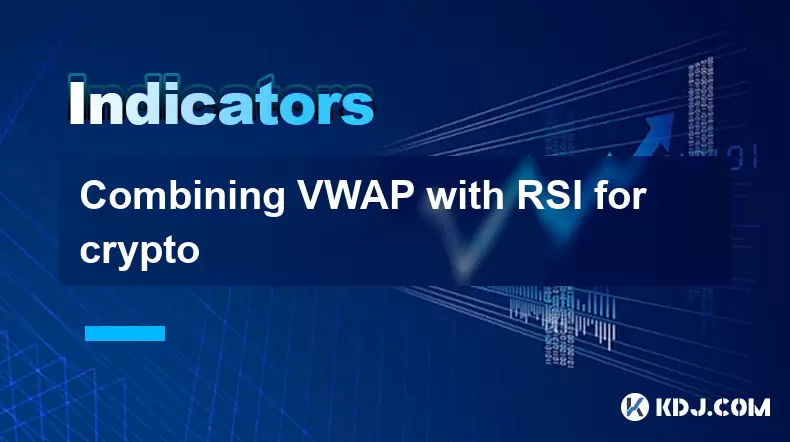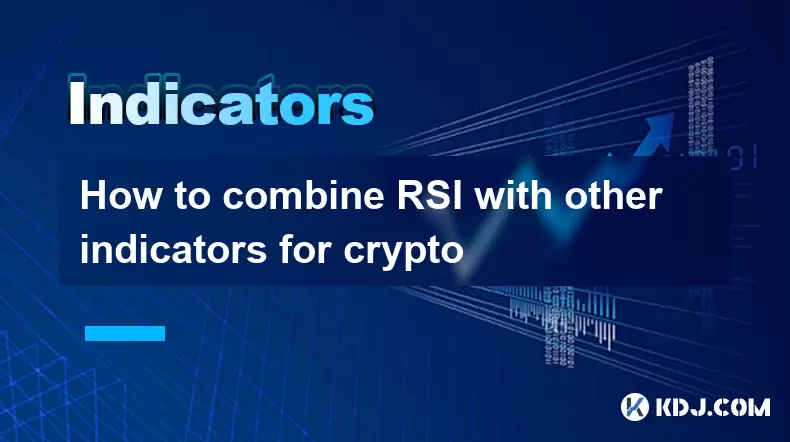-
 Bitcoin
Bitcoin $121,713.8152
3.06% -
 Ethereum
Ethereum $3,041.6437
2.42% -
 XRP
XRP $2.9499
5.12% -
 Tether USDt
Tether USDt $1.0000
-0.02% -
 BNB
BNB $704.1034
1.75% -
 Solana
Solana $166.7523
2.91% -
 USDC
USDC $0.9999
0.00% -
 Dogecoin
Dogecoin $0.2052
2.90% -
 TRON
TRON $0.3011
-0.47% -
 Cardano
Cardano $0.7461
1.42% -
 Hyperliquid
Hyperliquid $48.3650
1.12% -
 Stellar
Stellar $0.4548
3.52% -
 Sui
Sui $3.9527
14.50% -
 Chainlink
Chainlink $16.3300
5.87% -
 Bitcoin Cash
Bitcoin Cash $511.8016
1.25% -
 Hedera
Hedera $0.2395
1.40% -
 Avalanche
Avalanche $21.6526
2.06% -
 UNUS SED LEO
UNUS SED LEO $9.0073
-0.23% -
 Shiba Inu
Shiba Inu $0.0...01369
2.61% -
 Toncoin
Toncoin $3.0335
0.66% -
 Litecoin
Litecoin $96.6206
1.72% -
 Monero
Monero $355.1673
5.35% -
 Polkadot
Polkadot $4.0839
2.47% -
 Uniswap
Uniswap $9.3282
9.72% -
 Dai
Dai $0.9997
-0.01% -
 Ethena USDe
Ethena USDe $1.0004
-0.04% -
 Pepe
Pepe $0.0...01248
1.07% -
 Bitget Token
Bitget Token $4.4642
2.68% -
 Aave
Aave $325.0626
6.81% -
 Bittensor
Bittensor $418.1482
6.22%
Combining VWAP with RSI for crypto
Using VWAP and RSI together in crypto trading helps identify trends, momentum, and potential reversals for more informed decisions.
Jul 12, 2025 at 07:56 am

Understanding VWAP and Its Role in Crypto Trading
Volume Weighted Average Price (VWAP) is a technical analysis indicator that calculates the average price a cryptocurrency has traded at throughout the day, based on both volume and price. This metric is particularly useful for traders who want to understand the true average price of an asset, especially when large volumes are involved.
In the cryptocurrency market, VWAP helps traders identify whether the price is above or below the average, which can signal potential overbought or oversold conditions. Institutional traders often use VWAP to execute large orders without significantly impacting the market price.
To calculate VWAP, you multiply the price of each trade by the volume of that trade, sum those values, then divide by the total volume traded during the period. This gives a more accurate picture of market behavior than a simple moving average.
Introduction to RSI in the Context of Cryptocurrencies
Relative Strength Index (RSI) is a momentum oscillator that measures the speed and change of price movements. It typically ranges from 0 to 100 and is used to identify overbought or oversold conditions in a cryptocurrency’s price.
In crypto trading, RSI values above 70 are generally considered overbought, indicating a potential pullback, while values below 30 suggest oversold conditions, possibly signaling a rebound. RSI helps traders assess the strength of a trend and can also be used to detect divergences that may indicate a reversal.
The standard RSI calculation uses a 14-period lookback, which can be applied to any time frame—whether it's 1-minute charts or daily charts. Traders often adjust the period based on their trading style and the volatility of the crypto asset.
How to Combine VWAP and RSI for Enhanced Crypto Analysis
Combining VWAP and RSI allows traders to make more informed decisions by analyzing both volume-weighted pricing and momentum. When the price is above VWAP and RSI is rising, it suggests strength in the trend. Conversely, if the price is above VWAP but RSI is declining, it could indicate weakening momentum.
- Identify trend direction using VWAP: If the price is consistently above VWAP, the trend is bullish. If below, it's bearish.
- Use RSI to confirm momentum: In a bullish trend, RSI should remain above 50. In a bearish trend, RSI should stay below 50.
- Watch for divergences: If the price makes a new high but VWAP doesn’t confirm and RSI shows a lower high, this could signal a reversal.
- Look for RSI overbought/oversold levels in context of VWAP: For example, during a strong uptrend, RSI might stay above 70 for extended periods. However, if price is below VWAP and RSI drops below 30, it could signal a potential bounce.
This dual analysis can help filter out false signals and improve the accuracy of trade entries and exits.
Practical Steps to Apply VWAP and RSI on a Crypto Chart
To apply VWAP and RSI on a crypto chart, follow these steps:
- Open a crypto trading platform that supports custom indicators (such as Binance, TradingView, or KuCoin).
- Select the desired cryptocurrency pair (e.g., BTC/USDT).
- Add VWAP to the chart: Most platforms have VWAP as a built-in indicator. If not, it can be added via custom scripts.
- Add RSI to the chart: Again, RSI is usually a default indicator. Set the period to 14 unless you're adjusting for a specific strategy.
- Adjust time frames: Choose a time frame that matches your trading strategy—1-hour, 4-hour, or daily charts are commonly used.
- Observe price action relative to VWAP: Look for crossovers or rejections near the VWAP line.
- Monitor RSI for overbought or oversold signals and check if they align with the VWAP-based trend.
By layering these indicators, traders can gain a clearer understanding of both trend and momentum.
Common Mistakes to Avoid When Using VWAP and RSI in Crypto Trading
Even experienced traders can fall into traps when using VWAP and RSI together. One common mistake is relying solely on RSI levels without considering the VWAP context. For example, entering a short trade just because RSI is above 70 in a strong uptrend can lead to losses.
Another mistake is not adjusting VWAP for different time zones or market sessions. Since crypto markets operate 24/7, VWAP resets at the start of each trading session, which can vary depending on the platform.
Traders also sometimes ignore volume spikes that can distort VWAP. A sudden surge in volume can temporarily pull the VWAP away from the actual trend, leading to misleading signals.
Lastly, using VWAP and RSI without other confirmation tools like support/resistance levels or candlestick patterns can lead to false entries. These indicators should be part of a broader trading strategy, not used in isolation.
Frequently Asked Questions
Q: Can VWAP and RSI be used for day trading crypto?
Yes, both indicators are suitable for day trading. VWAP helps identify the average price and trend, while RSI provides insights into momentum and potential reversals.
Q: How often should I reset VWAP when trading crypto?
VWAP resets at the start of each new trading session. Since crypto markets never close, some traders reset it daily, while others use it on a rolling basis depending on their strategy.
Q: What time frame works best with VWAP and RSI for crypto trading?
The best time frame depends on your trading style. Day traders often use 1-hour or 15-minute charts, while swing traders may prefer 4-hour or daily charts.
Q: Can VWAP and RSI be used for all cryptocurrencies?
Yes, these indicators can be applied to any cryptocurrency. However, results may vary depending on the asset’s liquidity and volatility.
Disclaimer:info@kdj.com
The information provided is not trading advice. kdj.com does not assume any responsibility for any investments made based on the information provided in this article. Cryptocurrencies are highly volatile and it is highly recommended that you invest with caution after thorough research!
If you believe that the content used on this website infringes your copyright, please contact us immediately (info@kdj.com) and we will delete it promptly.
- Token Buybacks & Altcoin Developers: Navigating Market Tokens in the Wild West
- 2025-07-15 04:30:12
- Bitcoin Blasts Past $120K: How US Policy is Fueling the Crypto Craze
- 2025-07-15 04:30:12
- TradeOS: Revolutionizing Global Trade with Infrastructure and Innovation
- 2025-07-15 02:50:12
- Bitcoin Price Prediction: Is $130K-$200K Next?
- 2025-07-15 03:50:12
- Token Unlocks and Crypto Grabs: What's the Deal?
- 2025-07-15 03:50:12
- BlockDAG Scores Big with Seattle Sports Deals & TIA/SOL Buzz!
- 2025-07-15 03:55:12
Related knowledge

Advanced RSI strategies for crypto
Jul 13,2025 at 11:01am
Understanding the Basics of RSI in Cryptocurrency TradingThe Relative Strength Index (RSI) is a momentum oscillator used to measure the speed and chan...

Crypto RSI for day trading
Jul 12,2025 at 11:14am
Understanding RSI in the Context of Cryptocurrency TradingThe Relative Strength Index (RSI) is a momentum oscillator used to measure the speed and cha...

Crypto RSI for scalping
Jul 12,2025 at 11:00pm
Understanding RSI in the Context of Crypto TradingThe Relative Strength Index (RSI) is a momentum oscillator widely used by traders to measure the spe...

What does an RSI of 70 mean in crypto
Jul 13,2025 at 06:07pm
Understanding the RSI Indicator in Cryptocurrency TradingThe Relative Strength Index (RSI) is a widely used technical analysis tool that helps traders...

How to avoid RSI false signals in crypto
Jul 13,2025 at 06:21pm
Understanding RSI and Its Role in Crypto TradingThe Relative Strength Index (RSI) is a momentum oscillator used to measure the speed and change of pri...

How to combine RSI with other indicators for crypto
Jul 12,2025 at 08:35am
Understanding the Role of RSI in Crypto TradingThe Relative Strength Index (RSI) is a momentum oscillator that measures the speed and change of price ...

Advanced RSI strategies for crypto
Jul 13,2025 at 11:01am
Understanding the Basics of RSI in Cryptocurrency TradingThe Relative Strength Index (RSI) is a momentum oscillator used to measure the speed and chan...

Crypto RSI for day trading
Jul 12,2025 at 11:14am
Understanding RSI in the Context of Cryptocurrency TradingThe Relative Strength Index (RSI) is a momentum oscillator used to measure the speed and cha...

Crypto RSI for scalping
Jul 12,2025 at 11:00pm
Understanding RSI in the Context of Crypto TradingThe Relative Strength Index (RSI) is a momentum oscillator widely used by traders to measure the spe...

What does an RSI of 70 mean in crypto
Jul 13,2025 at 06:07pm
Understanding the RSI Indicator in Cryptocurrency TradingThe Relative Strength Index (RSI) is a widely used technical analysis tool that helps traders...

How to avoid RSI false signals in crypto
Jul 13,2025 at 06:21pm
Understanding RSI and Its Role in Crypto TradingThe Relative Strength Index (RSI) is a momentum oscillator used to measure the speed and change of pri...

How to combine RSI with other indicators for crypto
Jul 12,2025 at 08:35am
Understanding the Role of RSI in Crypto TradingThe Relative Strength Index (RSI) is a momentum oscillator that measures the speed and change of price ...
See all articles

























































































